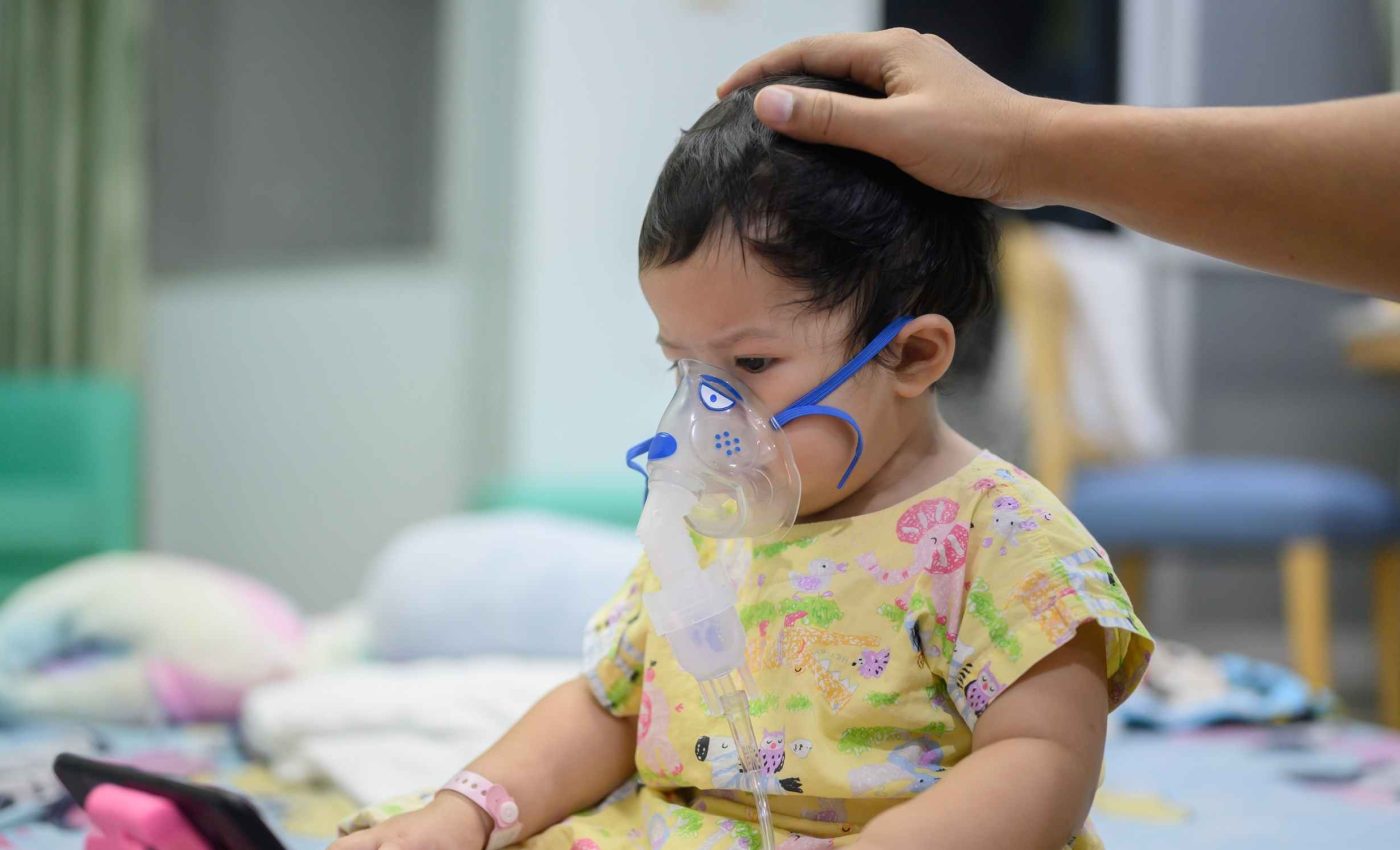
Combination of maternal vaccines and infant antibodies is highly effective at reducing RSV
RSV has been a stubborn winter problem for infants. Hospitals know the rhythm all too well, and families do too.
Things shifted last season. Hospitalizations among infants fell, and the timing links that change to new protection for pregnant patients and babies.
Infant RSV cases are rising
Respiratory syncytial virus (RSV), spreads easily and can inflame tiny airways in babies. Most infections look like a cold, but for young infants the illness can turn serious fast.
Two tools were widely available in the United States for the first full season in 2024 to 2025.
One is a maternal vaccine given late in pregnancy, and the other is an infant shot that delivers a ready made monoclonal antibody called nirsevimab.
Hospitalization rates among infants dropped between 28 percent and 43 percent compared with 2018 to 2020, according to a CDC report. The biggest declines were in babies 0 to 2 months old.
That pattern makes clinical sense. Newborns have the smallest airways and the least reserve, so preventing early infections has an outsized effect.
Protecting infants from RSV
The maternal vaccine primes the parent’s immune system so antibodies cross the placenta and are in place at birth.
In a phase 3 trial, vaccination cut medically attended severe RSV disease in infants by 81.8 percent through 90 days and by 69.4 percent through 180 days.
Nirsevimab works differently. It is a lab made monoclonal antibody that is given to the baby and then circulates for months at protective levels.
Timing matters. For infants born during RSV season, clinicians aim to protect within the first week of life, ideally during the birth stay.
Early protection helps cover the danger window. That is when the youngest babies face the highest risk for hospitalization.
What real world data say
A living review combined results across 50 studies that followed about 7.6 million people.
Across countries, nirsevimab cut RSV related emergency visits by about 81 percent and hospital admissions by about 81 percent, with a three in four reduction in intensive care admissions.
“Our review demonstrated high effectiveness of nirsevimab in reducing RSV-related healthcare utilization in infants and a favorable safety profile,” wrote Dr. Bohee Lee from the National Heart and Lung Institute at Imperial College London, who led the review.
Those reductions line up with what many clinicians reported seeing on the ground. Fewer infants needed oxygen, and fewer beds filled up with RSV.
Safety signals and rare risks
Parents ask about side effects. Across the review, no severe adverse events were reported for nirsevimab in infants.
For vaccines in older adults, safety tracking picked up fewer than 10 cases of Guillain-Barré syndrome per million doses.
That is a rare nerve condition in which the immune system briefly attacks peripheral nerves, and surveillance will keep watching for it.
The review found no severe adverse events reported for the maternal vaccine, although evidence was still limited. As more seasons pass, confidence in safety estimates will improve.
Lower infant hospitalizations free up beds and resources during RSV season. Hospitals typically see RSV surges that strain pediatric wards and intensive care units, so the drop eases pressure across the system.
Fewer admissions also reduce costs for families and insurers. The CDC noted that early prevention has the potential to cut down on the need for oxygen support, ventilators, and long hospital stays, which are among the most expensive aspects of pediatric care.
What this means for families
If you are pregnant in the fall, talk with your clinician about the maternal RSV shot. That choice protects the baby from day one.
If your baby does not have maternal protection, ask the pediatrician about nirsevimab before the season peaks. Early protection is the goal.
These tools do not change how RSV spreads. They change the odds that a newborn ends up in the hospital when RSV arrives.
When parents make a plan with their clinicians, the youngest babies benefit the most. That includes preterm infants and those with conditions that raise risk.
RSV, infants, and future healthcare
The CDC analysis compared seasons and did not track which individual babies received which product. It still offers a useful early signal that matches clinical trials and real world experience.
One more national indicator moved in a good direction last year. The U.S. infant mortality rate edged down to 5.49 deaths per 1,000 live births in 2024, based on the NCHS dashboard.
Real world effectiveness of the maternal vaccine will become clearer as more data arrive. The early safety findings are reassuring, and trial efficacy was strong through the first six months of life.
Putting maternal vaccination and infant antibodies together builds a safety net across that first fragile winter. The fewer babies who get very sick, the better for families and for the health system that cares for them.
The study is published in Thorax.
—–
Like what you read? Subscribe to our newsletter for engaging articles, exclusive content, and the latest updates.
Check us out on EarthSnap, a free app brought to you by Eric Ralls and Earth.com.
—–













